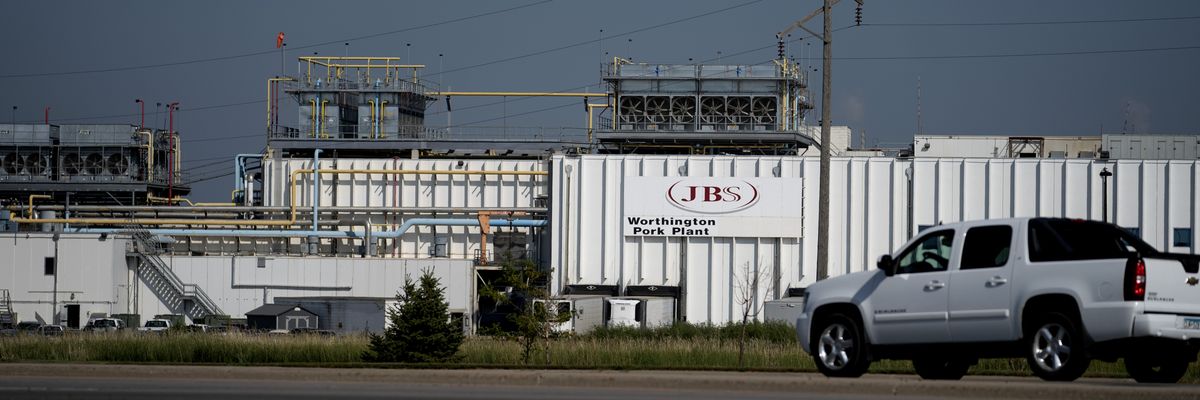EPSTEIN'S OTHER BUDDY
An ‘Entitled’ scandal: Here are the key takeaways from the scathing new Prince Andrew biography
“Entitled: The Rise and Fall of the House of York”, by Andrew Lownie, “traces the life of the late Queen’s second son.” It hits the shelves today. Here are some of the key takeaways from a scathing exposé.
Short-tempered, vain, arrogant, sex obsessed... Prince Andrew, Duke of York and the younger brother of King Charles III, does not come off well in Andrew Lownie’s new book, “Entitled: The Rise And Fall Of The House Of York.”
To say the very least.
The new biography, which tells the story of "a spoilt prince unable to connect and a duchess pushed by her insecurities into a desperate need to maintain the attention her ‘royal’ status brought," is based on court papers, freedom of information disclosures, interviews with ex-staffers and correspondence.
The 450 pages reportedly took Lownie four years to complete, and he paints an unflattering portrait of the Duke of York – from shady financial deals to sex scandals and close ties with convicted sex offender Jeffrey Epstein.
Extracts from the book were serialised in the Daily Mail newspaper, and the biography hits shelves today.
It comes as a YouGov poll suggests that not only is Prince Andrew is the most unpopular royal in the country, but also that two thirds of Britons would support stripping him of his remaining royal titles - Queen Elizabeth II having stripped her son of his military titles and patronages in 2022.
“Entitled: The Rise And Fall Of The House Of York” will do nothing to lower his polling numbers.
Here are five of the key takeaways from this damning new book.

"Entitled: The Rise and Fall of the House of York" by Andrew Lownie Harper Collins
Andrew and Epstein’s relationship
“Entitled: The Rise And Fall Of The House Of York” dwells on the relationship between Andrew and convicted sex offender Jeffrey Epstein, saying that their bond was much closer than the prince has admitted
Lownie claims that Andrew “was easy prey for a rattlesnake like Epstein,” adding: “Epstein played Andrew. The prince was a useful idiot who gave him respectability, access to political leaders and business opportunities. He found him easy to exploit.”
Lownie reports that Ivan Novikov, Epstein’s personal driver, claims he remembers driving the prince around with “two young girls around eighteen to the Gansevoort Hotel in the Meatpacking District. Both girls were doing lines of cocaine.”
Lownie also alleges that Epstein sold Andrew’s “most intimate secrets” to foreign intelligence agencies around the world, including to Israel’s Mossad and the Saudi Arabian authorities.
Andrew claims to have met Epstein in 1999 – something the book refutes, as the pair allegedly already knew each other “almost a decade earlier”.
The late Virgina Giuffre, who was a masseuse in Epstein’s employ, accused Andrew and Epstein of sexual assault. He denied any wrongdoing in the disastrous 2019 interview with BBC’s Newsnight, in which Andrew claimed that he had no memory of meeting Giuffre - despite numerous photos of them together.
Giuffre later filed a lawsuit against Andrew in 2021. They settled the following year outside of court for an undisclosed amount. Giuffre took her own life earlier this year, at the age of 41.

Prince Andrew AP Photo
An “unbelievably cruel” man
The book claims that Andrew once called a royal staff member a “f*cking imbecile” for failing to give the Queen Mother her full title.
“He could be unbelievably cruel,” Lownie writes of Andrew’s behaviour towards royal employees.
Other cases of inappropriate and childish behaviour include firing an employee because he wore a nylon tie, dismissing another member of staff because he had a mole on his face, and asking his security guards to retrieve his golf balls.
Prince Andrew AP Photo
A tussle with Harry
Lownie alleges that Prince Harry gave his uncle Andrew a bloody nose during a “heated argument” at a 2013 family gathering in which “punches were thrown”.
The book claims that Harry “got the better of Andrew” after the latter said that his marriage to “opportunist” Meghan Markle would not last more than a month.
Lownie also claims: “Buckingham Palace braced itself for historic complaints about Prince Andrew’s bullying, profanities and impossible demands. Some say a report on bullying accusations against Meghan Markle has never been released because it would also raise questions about the behaviour of the queen’s second son.” This refers to the accusations of bullying levelled against Markle in 2021 – accusations which she has denied.Prince Andrew and Prince Harry AP Photo
The philandering prince
Lownie alleges that Andrew, a “sex addict,” had relations with anywhere from “one thousand” to “three thousand” women, including dozens he met through Epstein.
Regarding his marriage with Sarah Ferguson, the book details how Andrew was in the Royal Navy when he and Ferguson wed in 1986, and most of his time was spent at sea.
“Sarah discovered Andrew wasn’t coming home on some of his leave. He was going elsewhere - and this just drove her crazy,” shares the Duke of York’s former driver in Lownie’s book. The former employee also reveals that “Randy Andy” slept with “more than a dozen women” before Andrew and Ferguson’s first anniversary.
Other claims about Andrew’s sex life include that he lost his virginity at 11 years old, that he “realised he was obsessed with women”, and that dozens of women were brought to his hotel room during a stay in Bangkok.
“Hotel staff were used to foreigners bringing in girls, but amazed that more than 10 a day were going to Andrew’s room,” Lownie writes.

Prince Andrew and Sarah Ferguson AP Photo
Andrew and Sarah’s schemes
The book details Ferguson’s money schemes, as well as how she met with an editor at Hello! magazine to discuss how she could fill the gap left by Princess Diana, following her death in 1997.
She agreed “to give Hello! everything about her for a monthly retainer,” a source told Lownie. “The deal was thought to be worth $134,000 a month.”
However, the spotlight is more on Andrew’s grifting.
From 2001 to 2011, he worked as the UK’s Special Representative for International Trade and Investment and met leaders from Azerbaijan, Libya and Tunisia. He was reportedly not shy about asking for gifts and once allegedly demanded he be offered a Faberge egg.
Lownie claims the late Queen Elizabeth II was well aware of Andrew’s shady deals and the handouts, but that she was “not going to do anything” as “it seemed to be that if he wasn’t caught and could get away with it,” then the palace would turn a blind eye.
Throughout the book, Lownie doesn’t just chronicle the downfall of a entitled and petty man, who hasn’t been a "working royal" since 2019, but paints the portrait of the rot at the heart of Britain’s royal family and how “The Firm” favours a misguided sense of loyality over any accountability.
"Entitled: The Rise and Fall of the House of York" by Andrew Lownie, published by Harper Collins, is released on 14 August.


















